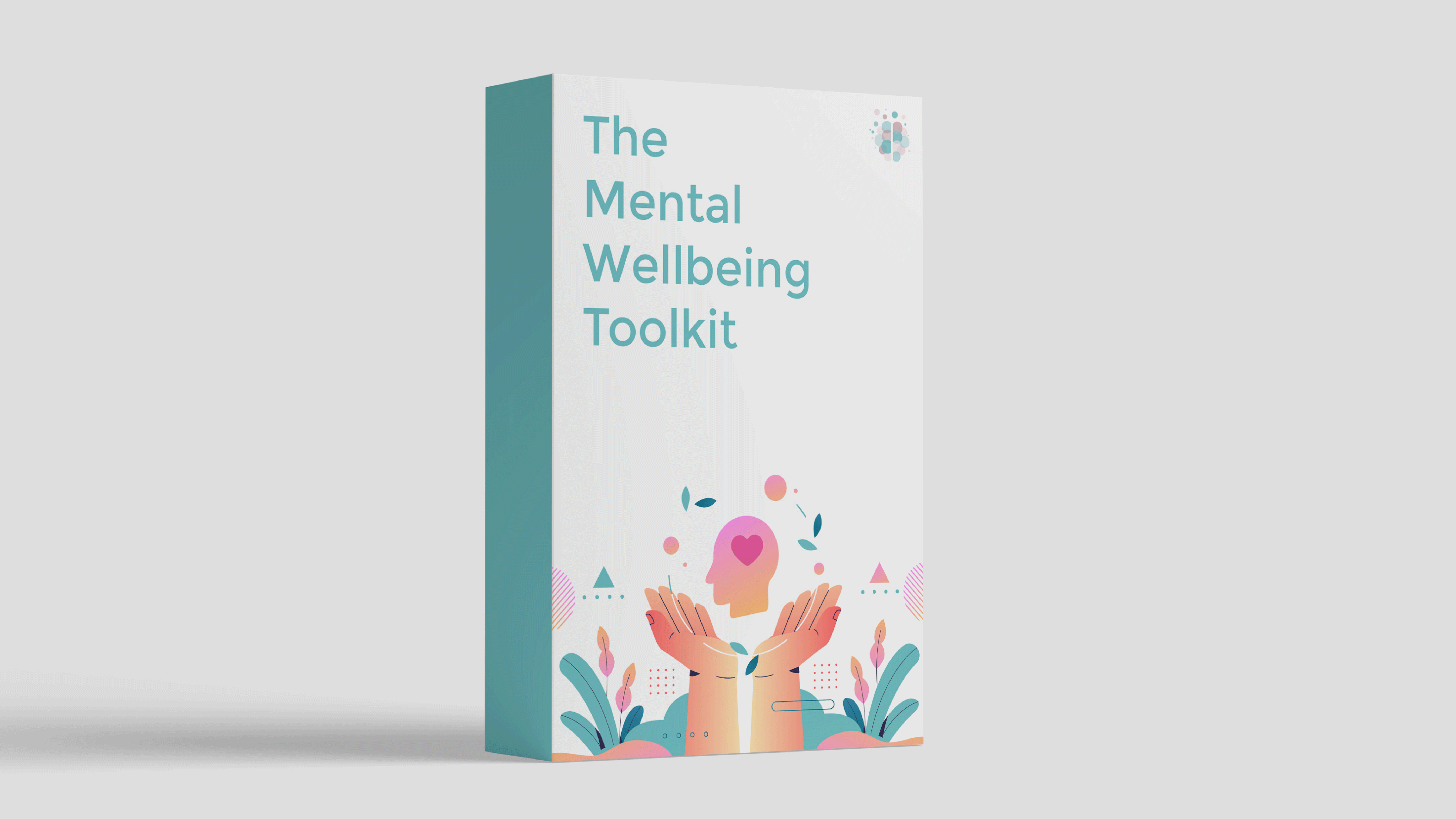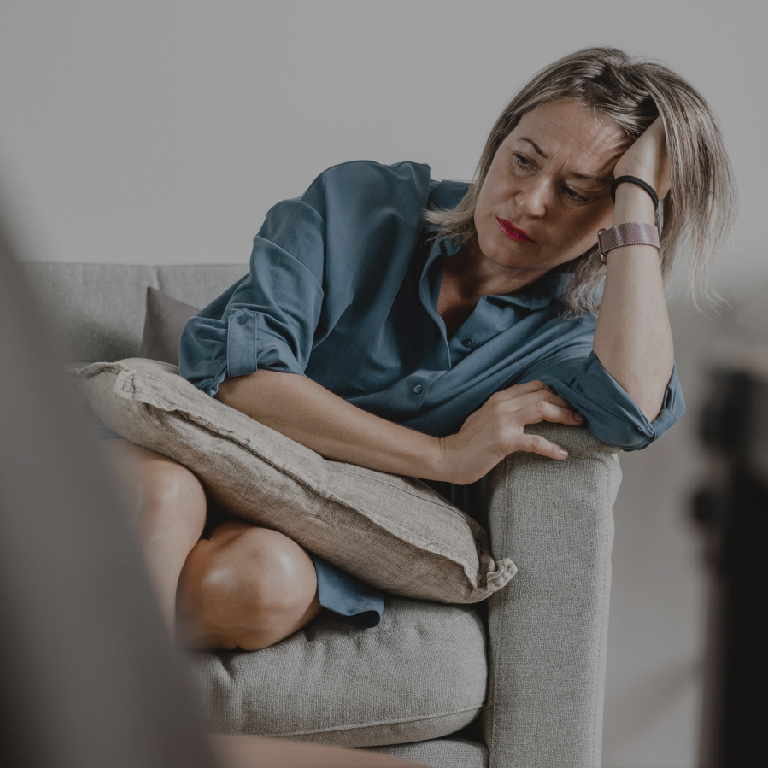Hair loss is more than just a physical condition – it can deeply affect your self-esteem, confidence, and overall mental wellbeing.
In this article, we'll explore the psychological effects of hair loss as well as practical options to cope with it.
The Psychological Impact
For many people, experiencing hair loss is a highly distressing journey.
It often triggers feelings of embarrassment, shame, and insecurity which can lead to a decline in self-confidence and social withdrawal. The psychological impact of hair loss extends beyond the physical changes, affecting your mental health and quality of life.
Your Emotions Are Valid
It’s natural to feel a range of emotions such as sadness, frustration, anger, or embarrassment when experiencing hair loss.
Allow yourself to feel these emotions rather than suppressing them.
Understand that it’s okay to be upset. Society often places a high value on appearance, and it’s normal to feel distressed about changes to your appearance.
Hair is also often a part of our identity and a means of self-expression. Changing hairstyles and colours allows us to convey our personality, creativity, and mood. Losing hair can feel like losing a part of oneself, leading to a sense of identity loss.
How to Feel Better
Find Community
Connecting with others who understand your experience can provide immense emotional support. Remember, hair loss is an extremely common challenge. Remind yourself of this regularly. Finding a community can help you feel less isolated and more empowered. Consider joining an online support group where you can share your experiences and hear from others facing similar challenges.
Cultivate Self-Compassion
Practicing self-compassion involves being kind to yourself during difficult times. Recognise that hair loss is a common issue many people face and that your worth is not determined by your hair or appearance.
Manage Worry
Start by identifying what triggers your worry about hair loss. It might be certain social situations, the sight of your hairbrush, or thoughts about losing more hair in future.
Cognitive behavioural therapy (CBT) is a useful tool in managing worry and anxiety. This form of therapy focuses on identifying and challenging unhelpful thought patterns. Learn CBT tools to help reduce excessive worry about hair loss.
Practical Options
Exploring Root Causes
Understanding the causes of hair loss may help alleviate your anxiety. Here are some common causes:
- The most common cause of hair loss is androgenetic alopecia, often referred to as male or female pattern baldness. This hereditary condition can start as early as puberty and progress over time.
- Hormonal changes. Conditions such as pregnancy, childbirth, menopause, and thyroid problems can lead to temporary or permanent hair loss.
- Medical conditions. Alopecia areata, scalp infections, and diseases like lupus can cause hair loss. Additionally, certain treatments, such as chemotherapy, are well-known to result in hair thinning.
- Some medications, including those for arthritis, depression, heart problems, and high blood pressure, can have side effects that include hair loss.
- Stress and lifestyle. High levels of stress, poor nutrition, and inadequate hair care can contribute to hair loss.
Considering the underlying causes is essential for determining your most effective treatment and coping strategies.
Medications
Minoxidil
Minoxidil is most often used as an over-the-counter topical treatment that can stimulate hair growth and slow down hair loss.
Oral minoxidil has also emerged as a promising solution for hair loss. Unlike topical minoxidil, which is applied directly to the scalp, oral minoxidil works internally to stimulate hair growth by dilating blood vessels and increasing blood flow to the scalp.
For those with more significant hair loss, combining oral minoxidil treatment with a hair transplant may enhance overall hair density.
Finasteride
Finasteride is another prescription oral medication primarily for men that reduces hair loss by blocking the hormone responsible for hair follicle shrinkage.
Spironolactone
Sometimes used off-label for hair loss in women, spironolactone is an oral treatment that can block androgens that contribute to hair loss.
Hair Transplant Surgery
Hair transplant surgery is a viable option for those seeking a more permanent solution to hair loss. This surgical procedure involves the redistribution of hair follicles to thinning or balding areas. There are different methods available, each with its own benefits and considerations:
- Follicular unit transplantation (FUT). A strip of scalp is removed, and individual follicular units are transplanted to thinning areas.
- Follicular unit extraction (FUE). Individual hair follicles are extracted and implanted, resulting in less scarring than FUT.
- Laser therapy. Low-level laser therapy can stimulate hair growth for both men and women. It’s a non-invasive option that can be used alongside other treatments.
Lifestyle Changes
Adopting certain lifestyle changes can significantly impact the health of your hair and potentially slow down the progression of hair loss.
- Healthy diet. Ensure your diet is rich in essential nutrients like iron, zinc, and vitamins A, D, and E. Note that while proper nutrition is fundamental for healthy hair, it may not be sufficient alone to counteract genetic or hormonal hair loss.
- Stress management. Practices like yoga, meditation, and regular exercise can reduce stress levels, which may help mitigate hair loss. Chronic stress can lead to conditions like telogen effluvium, where hair follicles prematurely enter the resting phase. Managing stress can significantly reduce hair loss in these cases, but it might not affect hair loss caused by other factors.
- Proper hair care. Use gentle shampoos, avoid excessive heat styling, and reduce the use of chemical treatments. Note that good hair care practices are essential for maintaining hair health, but they may not impact hair loss due to medical conditions, genetics, or hormonal changes.
Embracing a New Look
Taking steps to enhance your appearance in ways that make you feel more confident can help mitigate the emotional impact of hair loss.
For example, you can explore high-quality wigs and hair replacement systems. Thanks to advancements in technology and a resurgence in popularity, particularly fuelled by social media, options like wigs and toupees are now more accessible and fashionable than ever.
Alternatively, consult with a hairstylist who can recommend flattering styles that work with thinning hair or bald spots.
Hats, scarves, and headbands can also be stylish additions to your wardrobe while also covering thinning areas.
Summary
Dealing with the psychological impact of hair loss requires a multifaceted approach to support both emotional wellbeing and self-perception. It's important to cultivate self-compassion, recognising that hair loss is a common challenge. Finding a supportive community can significantly alleviate feelings of isolation. Managing worry through CBT techniques can help maintain mental health.
Practical options for addressing hair loss include exploring the root causes, such as genetics, hormonal imbalances, or medical conditions, to determine the most appropriate treatment approach. This may involve medications, such as minoxidil or finasteride, hair transplant surgery, lifestyle changes like stress management and proper hair care, and embracing a new look through wigs or hairpieces. Each option offers its own benefits and considerations, and consulting with healthcare professionals can help individuals make informed decisions tailored to their specific needs and preferences.
By adopting these strategies, you can cultivate resilience while coping with hair loss. We hope you found this article helpful.
A Toolkit to Help You Reduce Anxiety
Research shows that self-help materials are often enough for people to overcome mild to moderate mental health difficulties without professional support.
Our self-guided program includes tools from CBT, DBT, ACT and more, so you can discover what works best for you. Check out The Mental Wellbeing Toolkit today – it's "like 10 therapy sessions in one."




